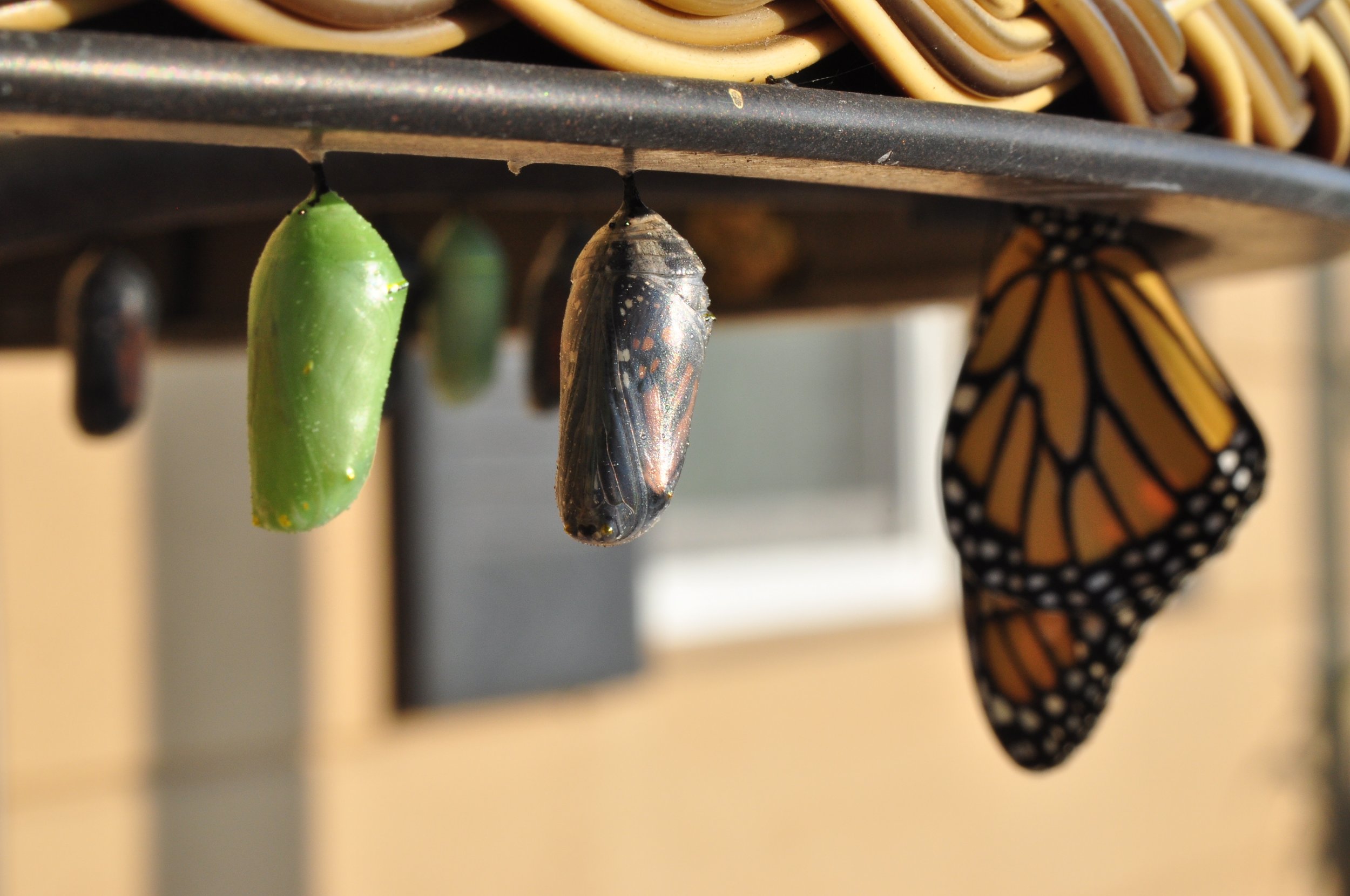A Dog in the Manger
‘”I want to put Jesus in the manger!”
You did it last year. It’s my turn.”
No, I’m the oldest, I get to do it.”
Well, I’m the youngest, I think I should!”
Maggie grabbed the figure from Jack and accidentally dropped it face down on the hard floor.
“Now you’ve done it,” cried Jack.”’
Jim Simons, A Dog in the Manger and other Christmas stories, p 1, Rowman and Littlefield 2015.
Jim Simons is an Episcopal priest who decides to write and tell a story for his Christmas Eve sermon every year which eventually now births into this collection of Christmas sermons called A Dog in the Manger. Simons reminds us that Jesus tells stories and the birth narratives consist of two different stories told by two authors, Luke and Matthew. He reminds us how the Christmas season is a special time to tell stories, stories about our roots, our parents and grandparents, and our early life.
Simon’s stories are entertaining but with a deep and meaningful message of hope about the significance of the birth of Jesus, and especially the deep love of God for each of us. The stories are fiction but no doubt have been taken from his life experiences. The book’s title comes from the first story about a puppy whose passion becomes going around town bringing back home to his new owner all the baby Jesuses from outdoor nativity displays.
I bought the book a few years ago when I was preaching more often looking for material for sermons for the Christmas season. I often preach about Christmas pageants because I have been involved in so many, and at least half of Simons’ stories are related to these dramas that always add some new and unexpected incarnational wisdom to Christmas.
This past year I have been reading a great deal of spiritual nonfiction writings in preparation for this book and two others. As Advent approaches I know I have been hungry simply for stories, and serendipitously this book appears in my stack for the Christmas season. My goal has been to read at least one story or at the least a half a story a day, but most days I find myself not being able to put the book down. Indeed, perhaps one factor for this craving has been the months I have put reading fiction on hold.
A Dog in the Manger has been exactly what I needed at the beginning of this liturgical year, and so I share it with you if by chance you are hearing a similar call.
Joanna. Joannaseibert.com


